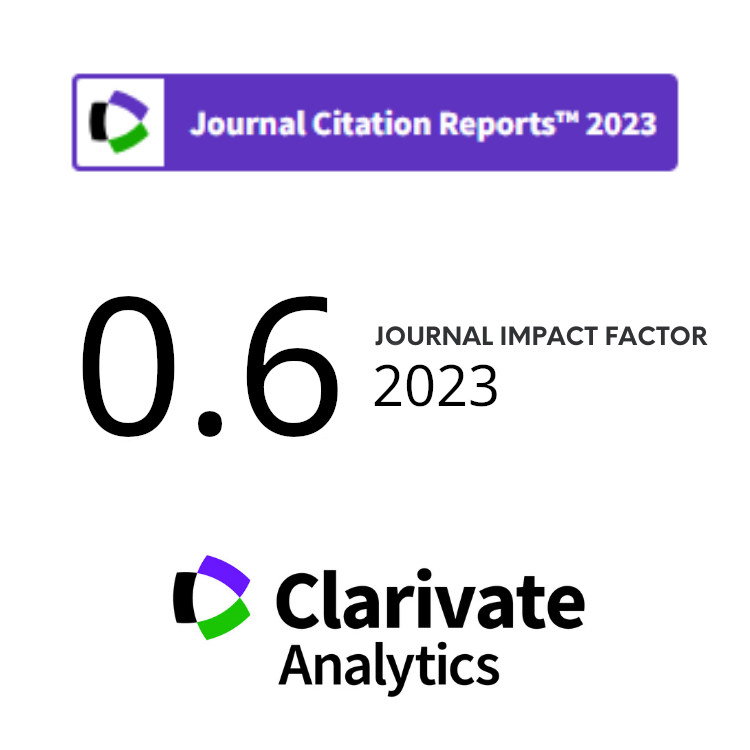Preliminary Neutronic Studies on RSG-GAS Fuel Element with 4.8 grU/cc and Burnable Poison Wire for Reactivity Reduction
Abstract
Keywords
Full Text:
PDFReferences
P. H. Liem and T. M. Sembiring, Nucl. Eng. Des. 240 (2010) 1433.
S. Pinem, D. Hartanto, P. H. Liem et al., J. Nucl. Eng. Radiat. Sci. 9 (2023) 1.
J. R. Lamarsh, Introduction to Nuclear Reactor Theory, Addison-Wesley Publishing Company, New York (1966) 1.
J. J. Duderstadt and L. J. Hamilton, Nuclear Reactor Analysis, John Wiley & Sons Inc., New York (1976) 1.
T. M. Sembiring, Tukiran, S. Pinem et al., Atom Indones. 27 (2001) 95.
International Atomic Energy Agency (IAEA), Research Reactor Core Conversion from the Use of Highly Enriched Uranium to the Use of Low Enriched Uranium Fuels Guidebook, IAEA-TECDOC-233, IAEA, Vienna (1980) 1.
International Atomic Energy Agency (IAEA), Research Reactor Core Conversion Guide Book, Volume 1: Summary, IAEA-TECDOC-643, IAEA, Vienna (1992) 1.
B. Arbie, R. Nabbi, Prayoto et al., Conversion Study from Oxide to Silicide Fuel for the Indonesian 30 MW Multipurpose Reactor G.A. Siwabessy, Proceedings of the 18th International Meeting on Reduced Enrichment for Research and Test Reactor (1995) 1.
L. Suparlina, Tri Dasa Mega 15 (2013) 137. (in Indonesian)
J. Susilo and L. Suparlina, Tri Dasa Mega 11 (2009) 12. (in Indonesian)
M. Naka, M. Miyazawa, H. Sato et al., JAERI Conf. 99-006 (1994) 177.
A. B. Ginting, Yanlinastuti, Boybul et al., Nucl. Eng. Des. 425 (2024) 113327.
K. Okumura, T. Kugo, K. Kaneko et al., SRAC2006: A Comprehensive Neutronics Calculation Code System, JAEA-Data/Code 2007-004, JAEA, Tokai-mura (2007) 44.
P. K. Romano, N. E. Horelik, B. R. Herman et al., Ann. Nucl. Energy 82 (2015) 90.
P. K. Romano, C. J. Josey, A. E. Johnson et al., Ann. Nucl. Energy 152 (2021) 107989.
National Institute of Standards and Technology (NIST), NIST Standard Reference Database Number 69. https://webbook.nist.gov/chemistry/. Retrieved in July (2024).
Japan Atomic Energy Research Institute (JAERI), Annual Report of JMTR FY1996, JAERI-Review 98-004, JAERI, Tokai-mura (1997) 1.
Japan Atomic Energy Agency (JAEA), Nuclear Data Center. https://wwwndc.jaea.go.jp/NuC/. Retrieved in July (2024).
DOI: https://doi.org/10.55981/aij.2025.1503
Copyright (c) 2025 Atom Indonesia

This work is licensed under a Creative Commons Attribution-NonCommercial-ShareAlike 4.0 International License.












